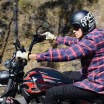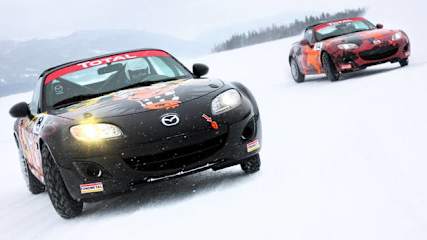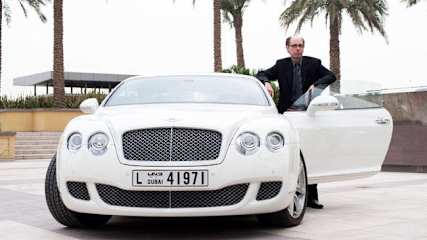Bond is back... in a Bentley
By Mark Hinchliffe · 10 Feb 2011
While most people associate James Bond with Aston Martins, the original Ian Fleming books had the British master spy driving a Bentley. In a new book commissioned by Ian Fleming Publications, author Jeffrey Deaver has returned 007 to his rightful place in a Bentley in the pages of Carte Blanche.Deaver, author of the Bone Collector, selected the Bentley Continental GT in his book to be published on May 26, a few days before the anniversary of Fleming's birthday.The book is partly set in Dubai, where Deaver recently drove a Continental GT. "It is an inspirational and awe-inspiring city and makes a perfect Bond location, especially for a novel that pushes our hero to new extremes," he says.Despite Bond driving a Bentley in Fleming's books, his first car in a movie was a Sunbeam Alpine in the 1962 film, Dr No. He didn't drive a Bentley until the second Bond flick, From Russia With Love, in 1963 in which the licensed-to-kill agent drove a Bentley Mark IV.It wasn't until the third Bond movie, Goldfinger, in 1964, that Bond drove the famous Aston Martin DB5, the quintessential Bond car. There were also Bentleys in On Her Majesty's Secret Service (1969) and Moonraker (1979).Other car companies have used Bond films to promote and even launch new models. Highlights are the amphibious Lotus Esprit in The Spy Who Loved Me and the launch of the BMW Z3 Roadster in GoldenEye.Agent 007 carsVehicles starring in James Bond films:1962, Dr No: Sunbeam Alpine, Chevrolet Bel Air convertible1963, From Russia With Love: Bentley Mark IV1964, Goldfinger: Aston Martin DB5, Rolls-Royce, Mercedes 190 coupe, Lincoln Continental, Ford Mustang convertible, Rolls-Royce Phantom III1965, Thunderball: Aston Martin DB5, Ford Mustang convertible, BSA Lightning 650cc motorcycle, gyrocopter1967, You Only Live Twice: Toyota 2000 GT, BMW 2000 CS1969, On Her Majesty's Secret Service: Aston Martin DBS, Mercury Cougar, Bentley Mark II Continental, Rolls-Royce Corniche1971, Diamonds are Forever: 1971 Ford Mustang Mach 1, Triumph Stag, moonbuggy1973, Live And Let Die: Glastron speedboat, double-decker London bus, Chevrolet Impala convertible, Mini Moke1974, The Man With The Golden Gun: AMC Hornet and Matador, Rolls-Royce Silver Shadow1977, The Spy Who Loved Me: Lotus Esprit, Wetbike concept, Ford Cortina 2.3 Ghia, Mini Moke1979, Moonraker: Bentley Mark IV, Rolls-Royce Silver Wraith II1981, For Your Eyes Only: Citroen 2CV, Lotus Esprit Turbo, Rolls-Royce Silver Wraith II1983, Octopussy: Mercedes-Benz 250 SE, BMW 5 Series, Alfa Romeo GTV1985, A View To A Kill: Renault taxi, Ford LTD, Rolls-Royce Silver Cloud II, Chevrolet Corvette C4, Jeep Cherokee (XJ)1987, The Living Daylights: Aston Martin DBS and V8 Vantage, Audi 200 Quattro1989, Licence To Kill: Rolls-Royce Silver Shadow, Kenworth petrol tanker1995, GoldenEye: BMW Z3 roadster, Aston Martin DB5, Russian tank, Ferrari 3551997, Tomorrow Never Dies: Aston Martin DB5, BMW 750iL, BMW R1200C motorcycle1999, The World is not Enough: BMW Z8, Rolls-Royce Silver Shadow2002, Die Another Day: Aston Martin Vanquish, Jaguar XKR, pink Ford Thunderbird convertible2006: Casino Royale: Aston Martin DBS and DB5, Jaguar E Type Roadster, Fiat Panda 4x4, Ford Transit, Ford Mondeo2008: Quantum of Solace: Aston Martin DBS V12, Alfa Romeo 159 and 156, Audi A6, Ford Ka & Edge, Jaguar XJ8, Volvo S40T5, Volkswagen Type 1.















